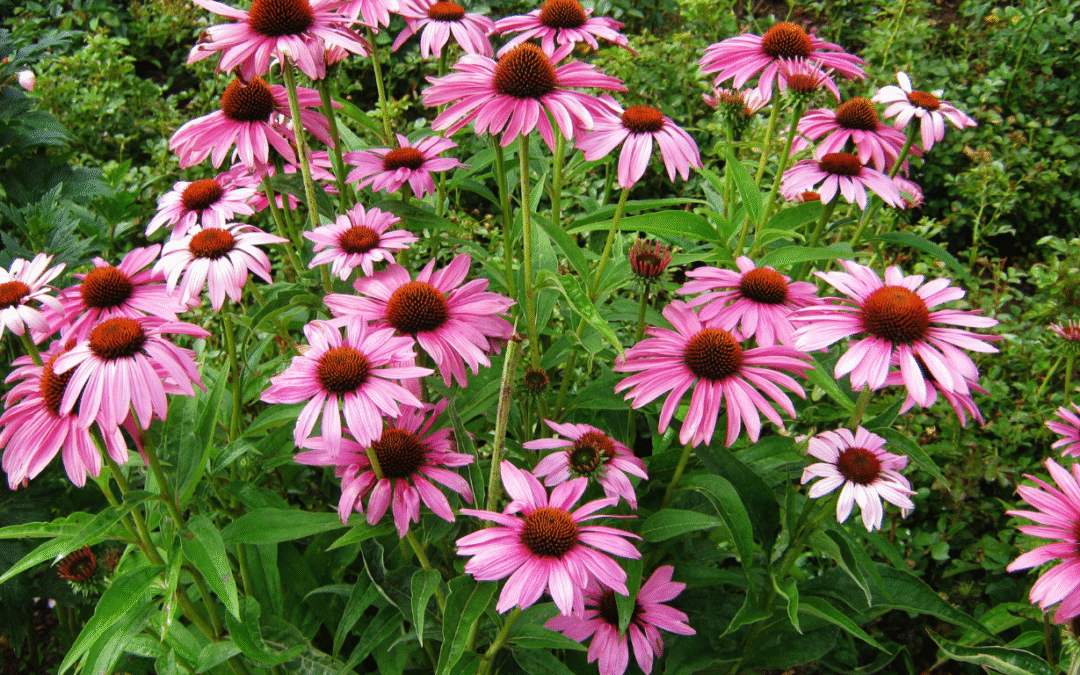Echinacea root might be the herbal remedy your body needs if you’re prone to catching every cold or flu—or simply want a natural way to boost your immune system.
What Is Echinacea?
Echinacea, a flowering plant in the Asteraceae family, is best known for its immune-boosting properties. Used traditionally for centuries, it’s now widely studied and respected for its ability to help the body fight off both viral and bacterial infections. It’s a native plant to Pennsylvania, and easy to grow in the garden.
Key Benefits of Echinacea
- Immune-Stimulant – Activates white blood cells and enhances immune defenses.
- Antibacterial & Antiviral – Helps the body fight off pathogens before symptoms worsen.
- Anti-Inflammatory – Reduces swelling and supports tissue repair during infection or injury.
How and When to Use Echinacea
At the first sign of illness, taking large, frequent doses of Echinacea for 12–24 hours can stop a cold or flu from progressing. It stimulates the immune system to fight off invaders before they take hold.
For those with chronic immune deficiency—such as frequent infections, slow healing, or during chemotherapy—Echinacea may be an option as a long-term immune tonic to rebuild immune strength. It pairs well with herbs like Astragalus.
Some practitioners feel that Echinacea is safe for long-term use and will not weaken immune function over time, however, it is best to consult with your healthcare provider before taking Echinacea long term, especially if you have particular immune concerns, are on chemotherapy, have HIV, or an immune disorder.
Preventative Use
If you tend to get sick every season, begin taking moderate doses of Echinacea 1–2 months before cold and flu season. It can also be used by healthy family members when someone in the household is ill to help prevent spread.
How Echinacea Works
Echinacea stimulates phagocytosis (white blood cell activity), promotes cytokine production, and enhances natural killer (NK) cell action. It also supports tissue regeneration and reduces inflammation—especially helpful for infections and wounds.
Its effectiveness comes from a wide range of compounds, including alkylamides, polysaccharides, flavonoids, and caffeic acid derivatives like echinacoside and cichoric acid. That’s why full-spectrum Echinacea extracts are often the most effective.
Use Echinacea with Care
- Avoid if you’re severely allergic to the Asteraceae (ragweed) family.
- Not recommended for individuals with AIDS and very low T-cell counts.
- If you have an autoimmune condition (like lupus, MS, or RA), consult a healthcare provider first.
Disclaimer: This article is for educational purposes only and is not intended to diagnose, treat, or cure any condition. Always consult your healthcare provider before starting any new supplement or herbal remedy.
Sources
Coven, Mitchell. Herbal Handbook, Clinical Monographs from a Medical Herbalist. Albuquerque, New Mexico. Wild Harvest Publishing. 2003.

